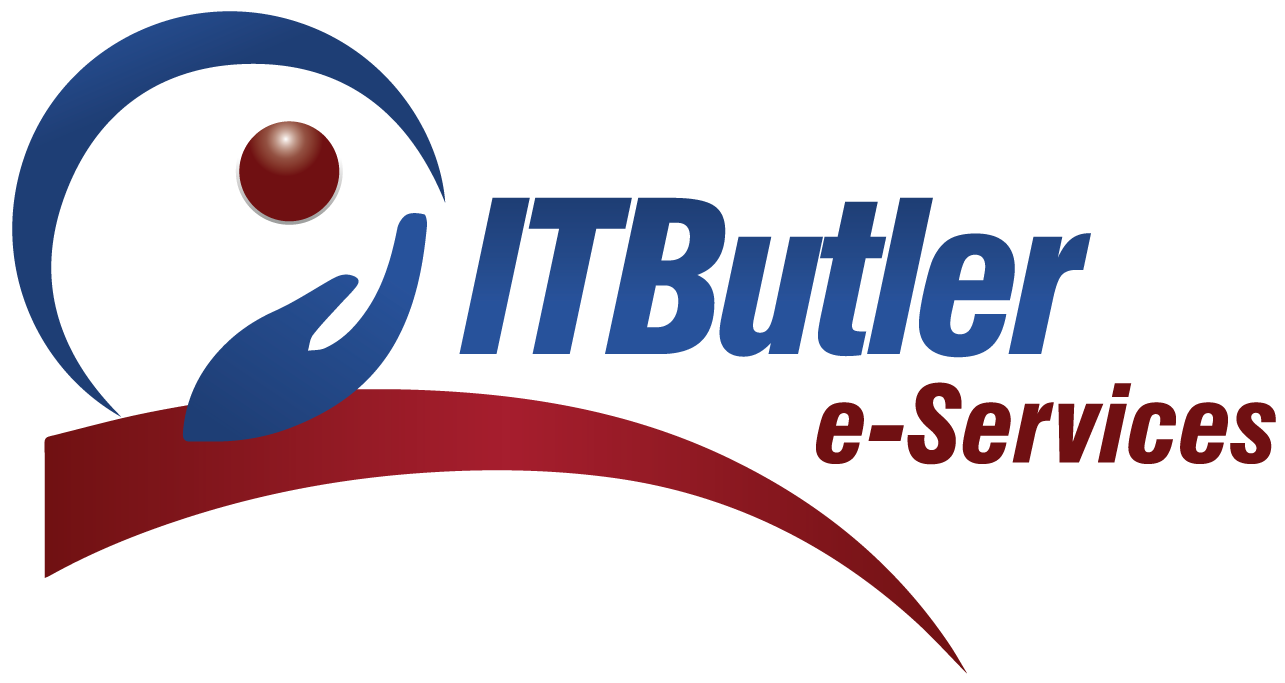Have you ever wondered how banks securely share financial data with other companies while keeping your money safe? However, this process is known as open banking, revolutionizing the finance sector. Open banking refers to the system that allows clients to let third parties, such as fintech companies, manage banking operations more efficiently and develop innovations. However, with such convenience, some responsibilities come with it. So, the leakage of any financial data is disadvantageous since it may lead to fraud cases or data breaches. That is the reason why SAMA has set the SAMA open banking compliance rules so tight to prevent various risks.
Hence, these regulations maintain the customer intewhile with equally creating opportunities to enable banking companies to come up with improved financial solutions. In this blog, I will be discussing SAMA open banking compliance, the rules, and the necessary security measures.
SAMA Open Banking Compliance Regulations and Guidelines
SAMA open banking compliance refers to the regulations and the levels of security necessary for the banks as well as third-party providers in Saudi Arabia to follow to be legal. However, these regulations aim to:
- Customer Data should also not be disclosed to third parties or persons without their express permission.
- Prevent fraud and cyber threats in online financial transactions.
- Economic security should be ensured through controlling shareholders and other third-party financial service providers.
Understanding Open Banking
Open banking is a system where third-party financial service providers can access customer financial data only under specific conditions. However, they use secure software known as Application Programming Interfaces (APIs) to ensure safe data sharing. APIs provide ways through which one point can request and get services from another point. Thus, it helps to ease the flow of transactions.
Benefits of Open Banking
This is because open banking has several benefits, namely:
Improved Credit and Banking Services: Consumers can get easier and better channels of credit and banking to assist in their financial transactions.
Increased Competitors: However, it means that there are grounds for new entrant companies to fester in the market and produce better services to compete for consumers in the financial market.
Faster transactions: Open banking practices provide payment and transfers with no wait time to be made through banking processing.
Enhanced innovation: Moreover, fintech companies can create smart budgeting tools, investment platforms, and other services that benefit consumers.
Even though there is much to gain from open banking, there is a certain level of risk that is associated with open banking. So that is why SAMA open banking compliance establishes several rules for banks and third-party providers to adhere to, security and privacy.
Key SAMA Open Banking Guidelines
There is a set of initiatives for open banking that SAMA began implementing recently, namely:
- Secure user authentication – Customers must verify their identity before sharing financial data.
- Data encryption: However, financial data that is to be exchanged via the open banking APIs should be encrypted.
- Fraud monitoring systems: The banks, as well as third-party management providers, must have an analytical tool for fraud.
- Customer consent: Moreover, Customers should also permit before their data is forwarded to third-party providers.
Hence, these guidelines make it possible for open banking to be safe and pass the benefits it brings both to clients and traders.
SAMA Compliance for Open APIs
Open APIs (Application Programming Interfaces) are channels through which third-party providers can interface with banks and access the specified data. So this blog will establish the importance of APIs in the case of open banking, where financial transactions become more effective.
SAMA’s API Security Guidelines
So to satisfy SAMA open banking requirements, banks and other financial players have to meet such API security requirements as:
OAuth 2.0 authentication: A secure login system used to verify users before they gain access to their financial details.
Transmission of data: It is another aspect with a focus on encryption to safeguard the transmitted data within the financial platforms.
Protection of users’ data: This is important to protect the API users’ information as the latter utilizes their data and passes through it in their transactions.
Regular Security Testing: Banks must ensure that the API they have developed is subjected to regular security tests so that any flee can be sensed and patched.
Thus, this way, compliance with the guidelines of SAMA regarding Open APIs ensures the construction of a safe and reliable Saudi Arabia financial environment.

Data Privacy and Security in SAMA Open Banking Compliance
Customer Consent and Data Protection
Here are the following key requirements financial institutions need to meet the requirements of the SAMA regulations on open banking:
- Obtain clear customer consent before sharing financial data.
- Moreover, it allows customers to control the type of data they want to share.
- Provide an easy way for customers to revoke access at any time.
Encryption and Cybersecurity Measures
- Financial institutions must protect personal financial data using encryption during storage and transfer.
- Additionally, institutions should adopt MFA measures to minimize infiltration by hackers and unauthorized individuals.
- They must also implement checks and balances, including regular security audits, to detect and prevent cyber threats.
SAMA ensures that open banking maintains security while granting customers greater control over their information.
Conclusion
Open banking has brought a drastic change in the financial sector of Saudi Arabia, where the process of transactions becomes faster. Nevertheless, to make these services safe and secure, it is crucial to meet the requirements of SAMA open banking compliance.
So if implemented following SAMA regulations, open banking will afford the PIPs and the third-party service providers an opportunity to:
- Protect customer data
- Prevent fraud and cyber threats
- Lastly, build a secure and innovative financial ecosystem
As technology advances, SAMA compliance with open APIs will go a long way toward formulating the future of digital banking. Therefore, to keep the customers’ trust, the financial institutions need to know the latest updates on SAMA open banking guidelines. So are you ready to embrace the future of secure open banking?






